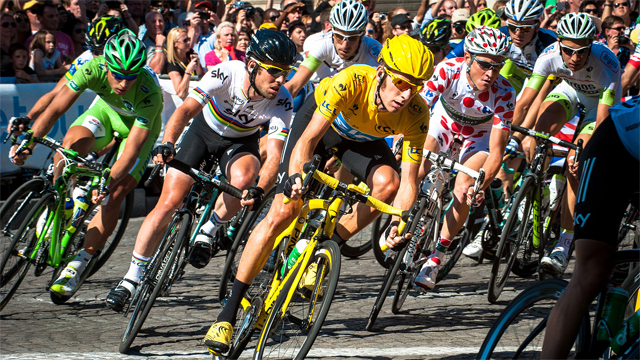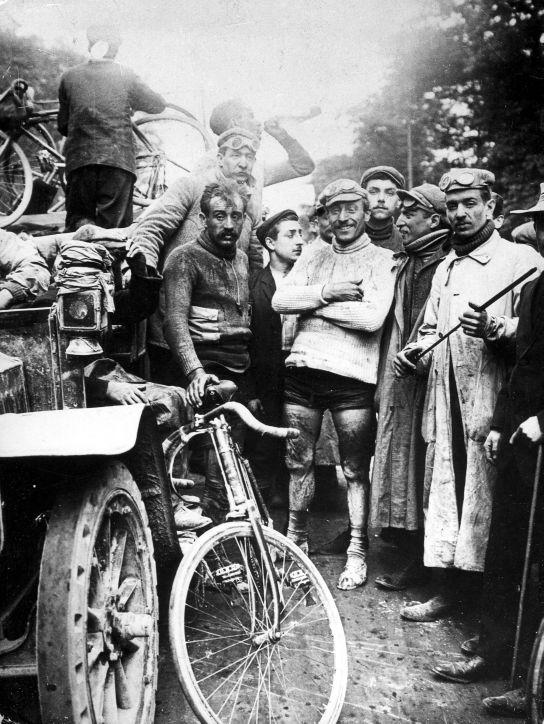
By Maria Judnick
We believed that we would win. Despite Germany’s World Cup dominance, U.S. soccer is also a winner, drawing in more fans than ever before. So how can Team ‘murica supporters survive without the endless broadcasts, the ubiquitous social media votes for the hottest team, and the theatrical “GOOOOOAAALLLL!” announcements? Luckily, soccer isn't the only major sporting event that U.S. athletes are competing in this summer.

Photo: Wikipedia
The 101st edition of the famous three-week cycling race, Tour de France, is currently underway. Although cycling’s reputation has suffered in recent years, due to doping scandals, there’s no better time to see who will be crowned King of the Mountain (best climber in a red polka dot jersey), Top Sprinter (green), Best Young Rider (under 25 years old who wears white), Best Team, and overall winner (a yellow jersey called the “maillot jaune” in French).
But cycling is more than just another opportunity to admire fit athletes wearing snug-fitting shorts. In a race where the difference between first and second can be determined by seconds, every moment of every day counts. Riders deal with a 21 stage race, traveling through new routes each year all over France (with forays into nearby nations) for just under 2,200 miles with few days off, fighting for space up and down treacherous mountain roads in often unrelenting heat, rain, or wind, with only the road, a team, and staff in a car for guidance. Stories of riders’ mental, emotional, and physical strength in this endurance sport are the stuff of legends.
With cyclists strategically joining a cluster of main riders known as a peloton (French for “little ball”) to reduce drag, it’s a wonder that every stage isn’t filled with more epic crashes. Commentators often reference Johnny Hoogerland’s dangerous brush with a French TV car in 2011 or Lance Armstrong’s unbelievable 2003 ride into a ditch to avoid a crash. And few can forget 1967’s tragic Tour when British rider Tom “Tommy” Simpson collapsed with a heart attack just two miles from the summit of Mont Ventoux, a gruesome mountain climb. His last words to the team mechanic were reportedly “Go on, go on,” hoping to still bring an English victory home.

